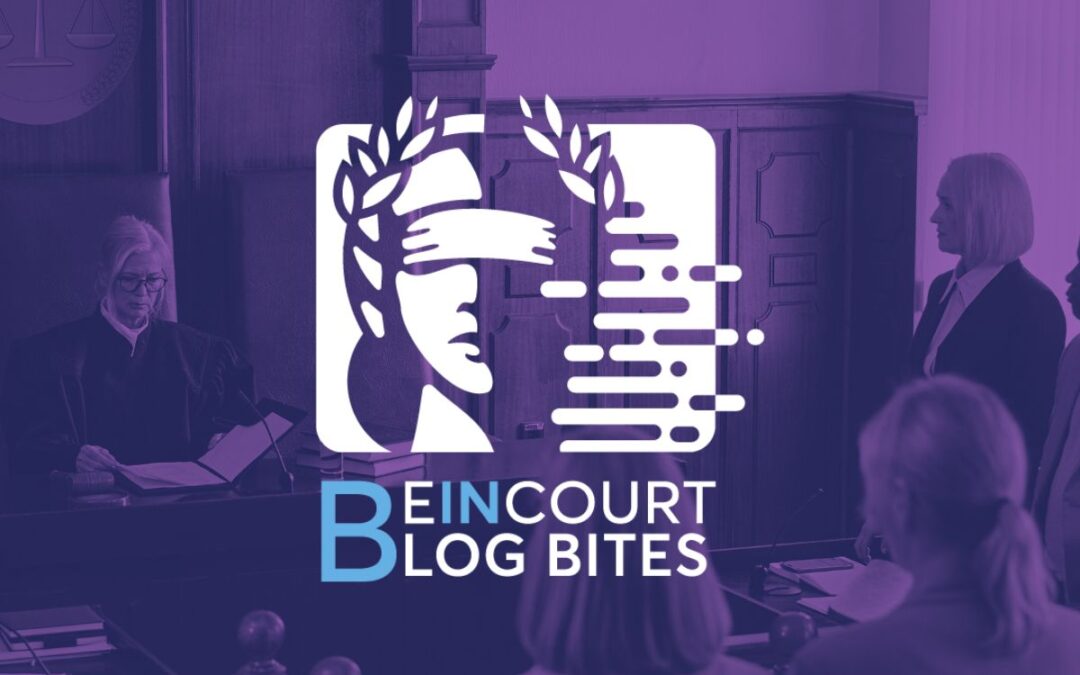This justice being made available to all has obviously come with many technology hurdles, such as poor audio and video capabilities. The positioning of cameras in the courtroom, poor PA systems, the snap, crackle, pop, of the speakers, etc… One then has to account for COVID and mitigating its spread. This was initially solved by closing all courtrooms back in March of 2020. This closure led to the success and profitability of web conferencing platforms, such as Zoom, Web-Ex, Microsoft Teams, etc… Judge Emily Miskel in Collin County, Texas led the charge in doing the first ever virtual jury trial over Zoom last year. While it was a success, there were hurdles to overcome. “Surprisingly, everyone liked it,” Miskel said. “The jurors were very engaged.”
Fast forward a year later and the court system is still dealing with the same issues, but this time courtroom doors are starting to re-open. As they start allowing individuals into the courtroom they have measurements in place to protect individuals from COVID-19 such as plexiglass that has been installed at each position, including the juror box. In some courtrooms the jurors are spread out in the audience section to ensure proper social distancing. While these are helpful in adhering to CDC guidelines one of the dilemmas the courtrooms are experiencing are communication issues. The plexiglass is making it hard to communicate and participants are having to speak loudly over the glass to be heard properly. This is delaying the hearing and causing frustrations among all parties involved. Also, while web conferencing platforms are very critical for those that do not feel safe coming into the courtroom these platforms do not control the end points in a courtroom, such as the cameras, how they are positioned, etc…
What we see here is that the future of courtroom hearings will be a hybrid approach. The judicial staff, attorneys, interpreters, etc are able to accomplish far more in a given day and meet the needs of all their clients by allowing a virtual, work from home approach. Since the courtroom will be open though, proper hardware needs to be in place, along with appropriate software to control the entire hearing, such as evidence preview and presentation, sidebars (blending in person and remote), a platform for simultaneous interpretation for the court appointed and contract interpreters, and much more, giving all control to the Judge to control his or her proceeding.
Ken Bjork, VP of Courtroom Technologies here at BEINCOURT, spent 31 years at Los Angeles Superior Court. The last 10 years of his time there he served as Deputy CIO, overseeing 500+ courtrooms. He struggled to find a solution to meet the technology needs of the courtroom that was not over 6 figures. What he helped us develop here is exactly what courtrooms today are looking for that will not break their budget. According to Bjork, “COVID has forced us all to work differently and has required us to embrace technology to provide justice to our justice communities. Many of these technologies and changes have been embraced so much so that we see the courts and their customers not going back to a 100% in person courtroom. The technologies BEINCOURT provides helps make this possible at a great price.”
For more information on BEINCOURT and how we can help solve the audio and video needs of your court as you start to re-open your doors please visit www.beincourt.com. We look forward to connecting with you soon.

